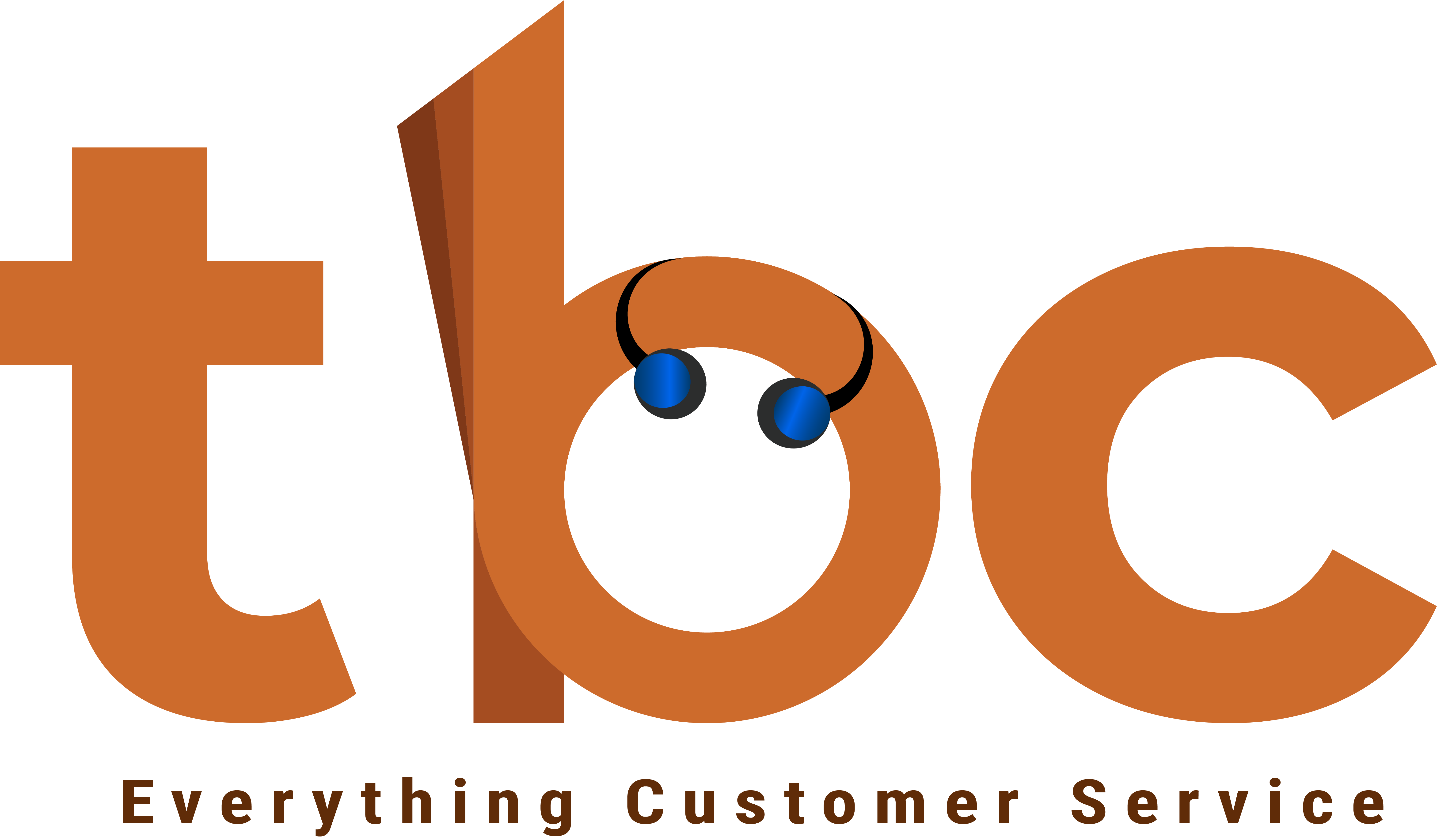How do you address the most significant technology and infrastructural challenges in remote working?
70 to 90% of the call center workforce have moved to a work-from-home model or remote working model since the onset of the pandemic.
This move was forced, and organizations did everything in their capacity to move their agents’ homes. This helped them to continue serving their customer needs without massive interruptions.
Organizations faced several challenges – cultural, social, infrastructural, and technological challenges.
We will look at the technological and infrastructural challenges in this article.
Technological and infrastructure challenges
Most organizations had an on-premise dialer or contact center solution. It didn’t make it possible for them to move their agents’ homes. Besides, for the agents to connect to their office systems from home, they needed VPN connectivity.
VPN licenses come at high costs, and also the bandwidth required to access in-house systems using VPN connectivity is reasonably large. Most home broadband connections do not provide this level of support.
Most agents did not have good quality computer systems at home for them to start working at home. Many of them had access to only shared computers, tablets, and mobile phones.
Also, you have to consider the dependency of the entire family on the home broadband availability. It has to be shared between people trying to access in-house office applications, collaboration apps, online schooling, and entertainment needs. Getting additional lines and upgrades was also an issue during the pandemic.
Moving to cloud
The easiest solution was to move its call center infrastructure to the cloud. However, most incumbent vendors weren’t focused on the cloud, and they needed anywhere between 4 to 6 months to get to a basic version of a cloud offering.
This is where we helped most customers by moving their call center function to our cloud offering. We made them operational within 24 hours, with the option to connect to their internal systems at a later point in time.
The advantage with this move was anyone with a browser – be it tablets, mobile, or computers, can access the cloud contact center solution without any hassles. This allowed them to ensure business continuity.
Low-bandwidth connectivity
Internet connectivity from home broadband solutions has low bandwidth connectivity that results in poor call quality with jitters, delays, and choppy voice.
We circumvented low bandwidth issues using a connected method for telephony with regular PSTN connectivity. We provided credentials to every agent that made their voice calling secure and integrated the connected method telephony with the contact center platform seamlessly.
The most significant concerns that call centers have while moving their agents’ homes are overcoming the technological and infrastructural challenges.
You don’t have to worry anymore.
Solutions are available to circumvent most technological and infrastructural challenges.



